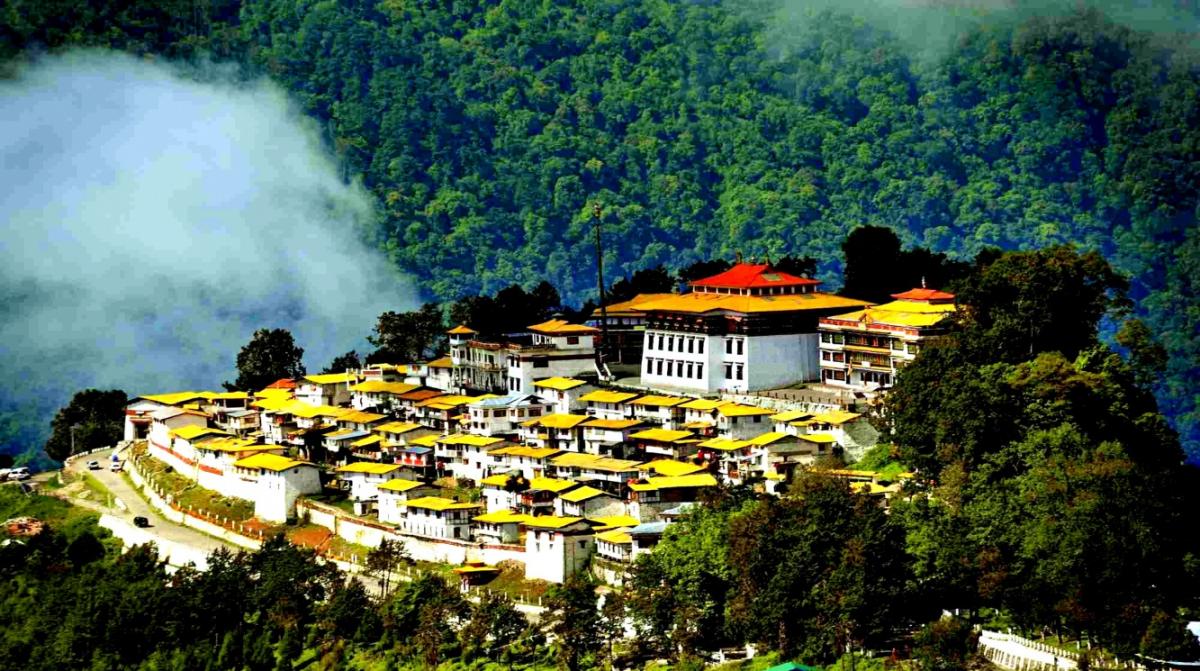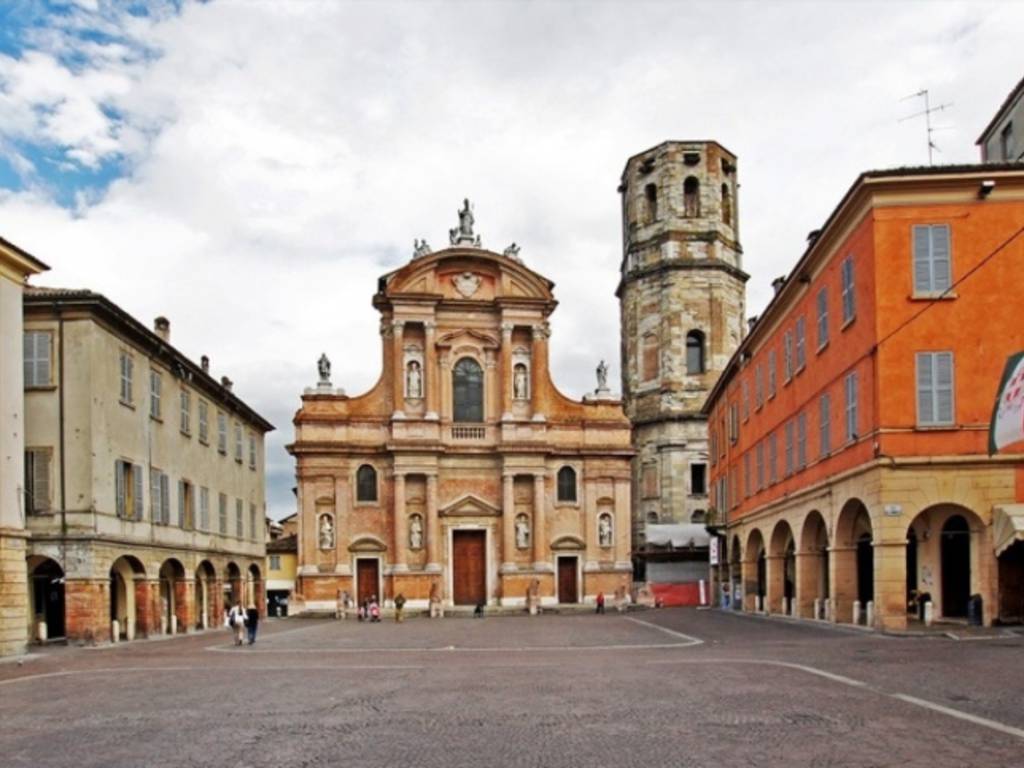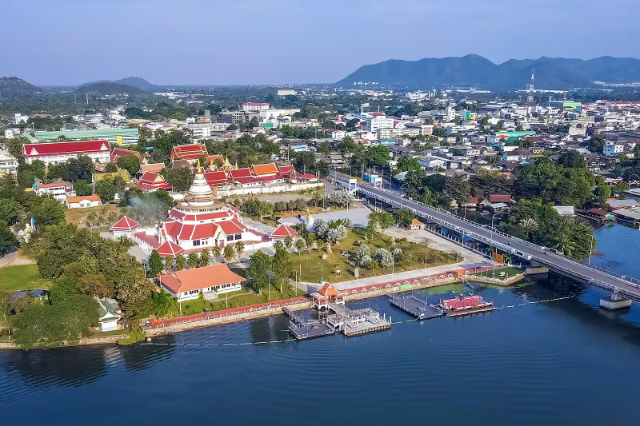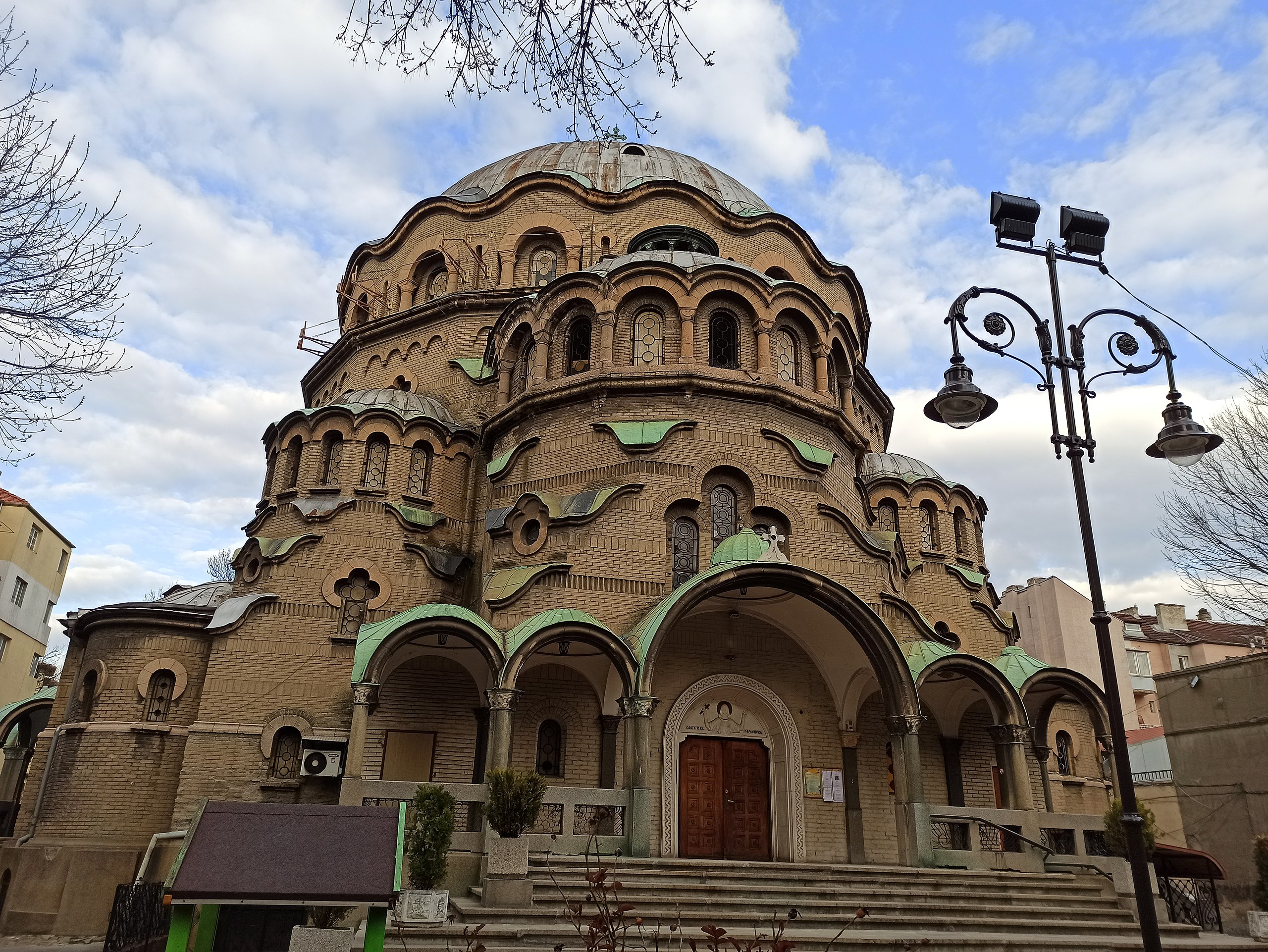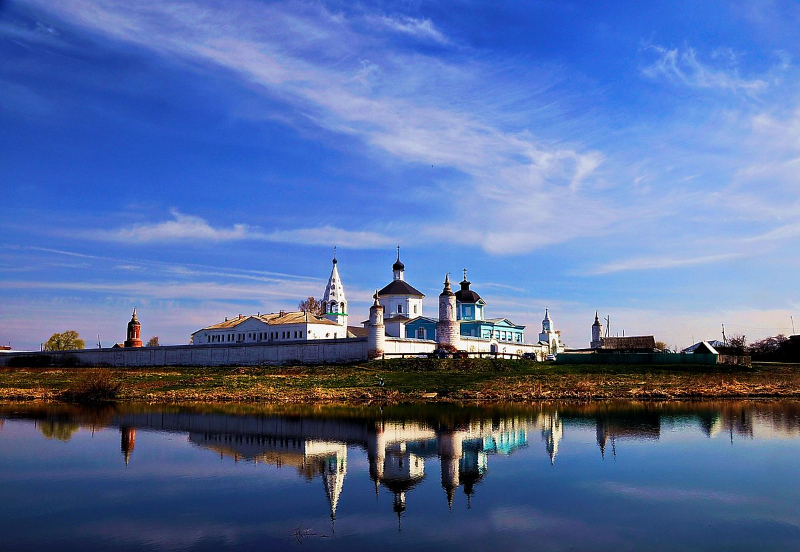Tawang Monastery, known in Tibetan as Galden Namgey Lhatse, which translates to “celestial paradise in a clear night,” stands as a significant cultural and spiritual landmark in India. Located in the picturesque region of Arunachal Pradesh in the eastern Himalayas, it is reputed to be the largest monastery in India and one of the largest Buddhist monasteries in the entire Trans-Himalayan belt.
The monastery’s foundation is deeply rooted in the rich history and traditions of the ‘Mon’ kingdom, which was incorporated into Tibet in the late seventeenth century by the Lhasa Tibetan Government. It served not only as a religious center but also as the hub of ethno-political authority for the distinct ethnic group known as ‘Monyul’, inhabiting the region. This makes Tawang Monastery not just a religious site, but also a pivotal historical and cultural institution.
Historically, Tawang Monastery has played a crucial role in the ethno-religious and sociopolitical fabric of the area. The monastery’s interactions with Tibet were primarily spiritual, whereas its connections with other Trans-Himalayan Buddhist kingdoms—such as Bhutan, Ladakh, Spiti, Gilgit Baltistan, and Mustang—often involved elements of forced migration.
Today, Tawang Monastery continues to preserve and uphold the traditional religious culture of the Mon and Monpas. The monastery complex includes numerous structures that are integral to monastic life, including prayer halls, a library stocked with ancient manuscripts, and residential quarters for the monks.
Visiting Tawang Monastery provides a unique glimpse into the spiritual practices and community life of one of the most significant centers of Mahayana Buddhism. The stunning natural surroundings and the architectural beauty of the monastery compound its allure, making it a profound destination for both spiritual seekers and those interested in the cultural histories of India’s frontier regions.
For those interested in exploring more about Tawang Monastery and its significant role in the cultural and spiritual history of the eastern Himalayas, consider visiting Secret World for detailed articles and guides. Additionally, for a comprehensive understanding of this region and its interactions with neighboring areas, check out this extensive guide.

